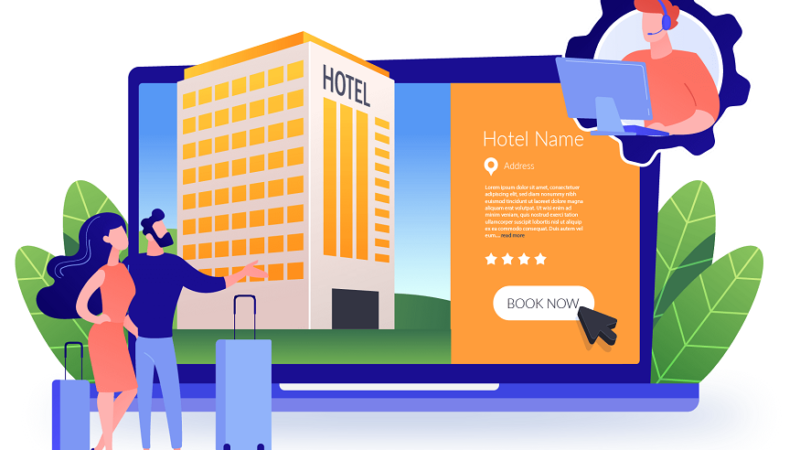How Can the Installation of Security Cameras, Structured Cabling Systems, and CCTV Security System Improve Performance?

Commercial and industrial buildings must have a strong security network to ward against external and internal dangers. Three essential elements are at the center of any successful security system, a high-performance structured cabling system, a camera system with closed-circuit television (CCTV), and precise installation of the cameras. A security network that optimizes visibility, coverage, and performance is built on these components working together.
Remote observation:
CCTV security system are a good place to start. Any internet-connected device may monitor remotely with digital cameras, which offer clear video surveillance. Metric resolution, night vision, field of view, and whether fixed or pan-tilt-zoom cameras are better for monitoring applications should all be considered when choosing cameras. For thorough surveillance without blind spots, place cameras strategically within the building and around its perimeter.
Exactness:
At the installation of security cameras, accuracy is crucial. Securely install cameras at heights that maximize their range of vision in robust, weatherproof enclosures. Ascertain that cameras are resistant to adverse weather conditions such as precipitation, snowfall, and intense temperatures. During installation, check the scope of vision, focus, and placement of the camera. For sharp pictures, adjust as necessary. To make reference to camera locations during incident response or evidence collection easier, note camera locations on facility maps.
A security network’s intrusion detection, access control, fire alarms, cameras, and other components are all connected via a structured-cabling system, which serves as its backbone. With little to no latency or packet loss, bandwidth-intensive applications can be supported by high-performance cabling, such as Category 6a or above. If you have extensive cable lines or specific uses, fiber optic cabling offers even more bandwidth.
Using premium connections:
Plan out cable runs to reduce length when creating the structured-cabling system. To satisfy fire standards, install plenum or riser-rated cables in vertical cable runs or air return plenums. For simple tracing and troubleshooting, terminate cables using high-quality connectors and labels. Install easily accessible yet safe cable pathways and walkways. Provide leeway for upcoming additions, modifications, and moves. The system is secured with appropriate grounding and surge protection.
With video management software, you may centrally monitor the security network after installing cameras, cabling, and other necessary components. Establish user access rights, control alarms and alerts, access live and recorded video, adjust camera settings, and more. Connect with intrusion detection, access control, and other systems to create a single security operations center. You can monitor in real-time from anywhere with apps that enable remote access.
Frequent upkeep:
The security network operates properly with routine maintenance. Clean the lenses and check the cameras every three months. Regularly trim greenery. Examine the cables for any damage. When new apps or higher bandwidth requirements arise, upgrade the components as necessary. Continually train employees. Evaluate systems yearly and collaborate with security professionals to analyze vulnerabilities.
Place cameras strategically to optimize coverage and prevent privacy concerns during security camera installation. Observe the regulations regarding signage and video surveillance in your area. Set up your external cameras high enough to record behaviour beyond your property line without violating your neighbours’ privacy. Put cameras inside, but only in public places—don’t put them in private areas like individual offices or restrooms without authorization.
Inspect enclosures:
Make use of camera housings made to be left outside all day. At the very least, look for enclosures rated for the environment that protect against dust and water. Pick corrosion-resistant materials such as stainless steel or aluminium powder coating. To prevent dust and moisture from getting inside the housing, install gaskets and seals between its parts. Tamper-resistant fasteners can be used to mount housings safely above standard reach heights on poles, walls, or ceilings.
To achieve complete coverage with few blind spots, carefully considered camera arrangement uses the field of view overlap between cameras. To find the best placements for cameras and angles of coverage during the design phase, use calculators for the camera field of view. Utilizing the field of vision testing, adjust the camera’s pointing during installation to remove any gaps. For future reference, precisely record in an operations manual all camera coverage maps and technical details.
Ensure you abide by all construction and electrical codes when establishing the structured-cabling system. In air return spaces, use plenum or riser-rated cabling to keep these areas fire-rated. Remove heavy traffic areas by neatly securing cable paths with the proper fasteners along walls or ceilings. Remember to provide extra cable slack in junction boxes for upcoming additions or relocation. Tighten cables correctly with premium connectors and the suggested termination technique.
Check every cable:
When fastening terminations, ensure every cable is tested from end to finish. Through appropriate seating and the absence of shorts, openings, or severe attenuation, this verifies the performance of the cable. Use an orderly labelling method to identify cables by labelling both ends. Keep a current network record design binder with complete documentation of all cable routing, connectors, and test findings.
Use weatherproof housings and reinforced connectors for long-term outdoor installations, such as exterior cameras, that will be exposed to heavy rain and sun. Transmission distances that are limited by ordinary copper can be extended with the help of fiber optic cabling. With enormous bandwidth for HD video and other data-intensive applications, single-mode fiber can accommodate the longest distances—while still offering acceptable speed.
As you construct the security system, think about including environmental sensors. More layers of security are offered by devices that keep an eye on things like temperature, humidity, motion, door contacts, smoke, water leaks, and other things. Without requiring constant human supervision, they help maintain facility safety and security by setting off alarms when problems occur. To create a complete, integrated security solution, centrally manage all sensors and cameras.
Conclusion:
Performance optimization starts with a carefully planned security network that has top-notch parts installed correctly and linked by a strong structured cabling system. For continuous protection of people, property, and activities, this optimizes visibility, coverage, and situational awareness. Long-term, dependable service of the system’s security requirements can be ensured with proactive maintenance and administration.






